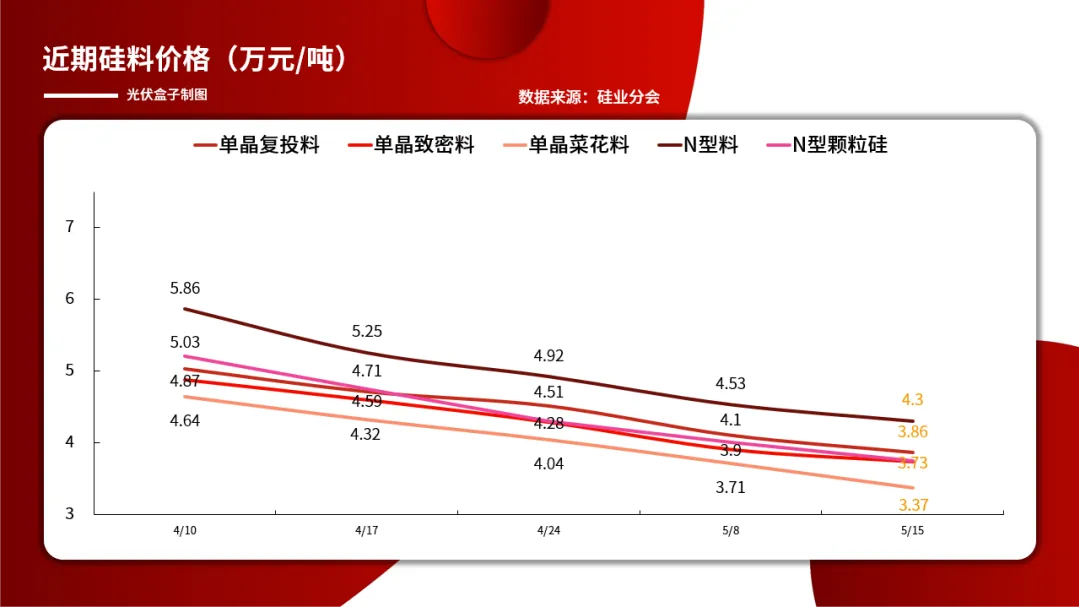size of one solar panel
The Size of One Solar Panel A Closer Look
Solar energy has emerged as a key player in the race toward sustainable energy solutions, and understanding the specifics of solar panel sizes can help homeowners, businesses, and institutions make informed decisions. The size of one solar panel is an essential factor that influences its efficiency, cost, and suitability for different applications.
Most standard solar panels currently available on the market are roughly 65 inches by 39 inches, or about 1.6 square meters. This size is commonly referred to as a 60-cell panel and is designed to produce between 250 to 400 watts of power. In addition to the 60-cell panels, there are also larger 72-cell panels, which typically measure 77 inches by 39 inches. These larger models can generate even more energy, usually ranging from 300 to 500 watts, making them ideal for commercial installations where space may not be as limited.
When considering the size of a solar panel, it’s crucial to understand how this correlates with energy production. Generally, more extensive panels have more photovoltaic cells, leading to greater electricity generation. However, the conversion efficiency of these cells varies by technology. Monocrystalline panels, for instance, tend to be the most efficient type, converting approximately 20% or more of the sun's sunlight into electricity. Consequently, they can generate more energy per square meter than polycrystalline or thin-film solar panels, which are generally less efficient but may offer other advantages, such as lower cost or flexible designs.
size of one solar panel

The physical size of solar panels also has a considerable effect on installation variables. For residential installations, homeowners often need to calculate how many panels can fit on their roofs without exceeding local zoning restrictions or the structural capacity of their homes. A standard residential system might require between 15 to 25 panels to generate sufficient energy for a typical household, which means understanding the dimensions can directly affect planning and layout.
Moreover, the size of solar panels also impacts the overall cost of a solar energy system. Larger panels can reduce the total number of units needed for installation, potentially lowering labor costs. However, they may also be more expensive upfront due to the increased material costs. Therefore, for individuals and businesses considering solar energy, it's not just about size—it’s also about finding the right balance between size, efficiency, cost, and energy needs.
Finally, it's worth noting that advancements in solar technology are leading to the development of panels that are smaller yet more efficient, capable of generating significant energy outputs. Innovations like Bifacial solar panels, which capture sunlight from both sides, are becoming popular and can change the way we think about solar panel size.
In conclusion, the size of one solar panel plays a pivotal role in determining its efficiency, cost, and applicability. As the world moves towards renewable energy sources, understanding these dimensions will be essential for making the most effective and informed energy choices. Whether for residential or commercial use, being aware of the implications of solar panel size can lead to better investment in sustainable energy solutions.
-
String Solar Inverter: The High-Efficiency Solution for Smart Solar EnergyNewsJul.14,2025
-
Revolutionizing Rooftop Energy with the Power of the Micro Solar InverterNewsJul.14,2025
-
Power Independence with Smart Off Grid Solar Inverter SolutionsNewsJul.14,2025
-
On Grid Solar Inverter: Powering the Future with Smart Grid IntegrationNewsJul.14,2025
-
Monocrystalline Solar Panels: High-Efficiency Power for the Future of Clean EnergyNewsJul.14,2025
-
Bifacial Solar Panel: A Smarter Investment for Next-Generation Energy SystemsNewsJul.14,2025







